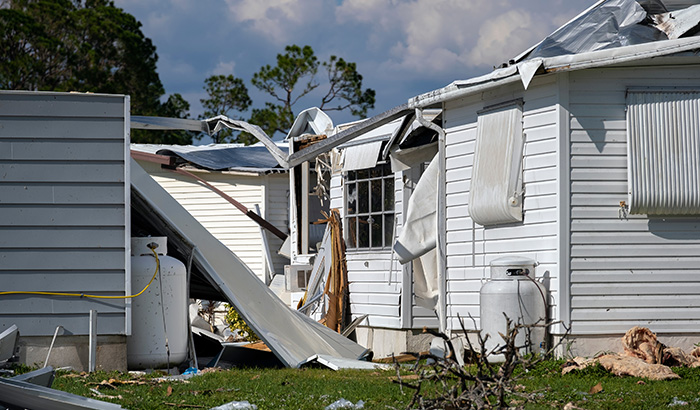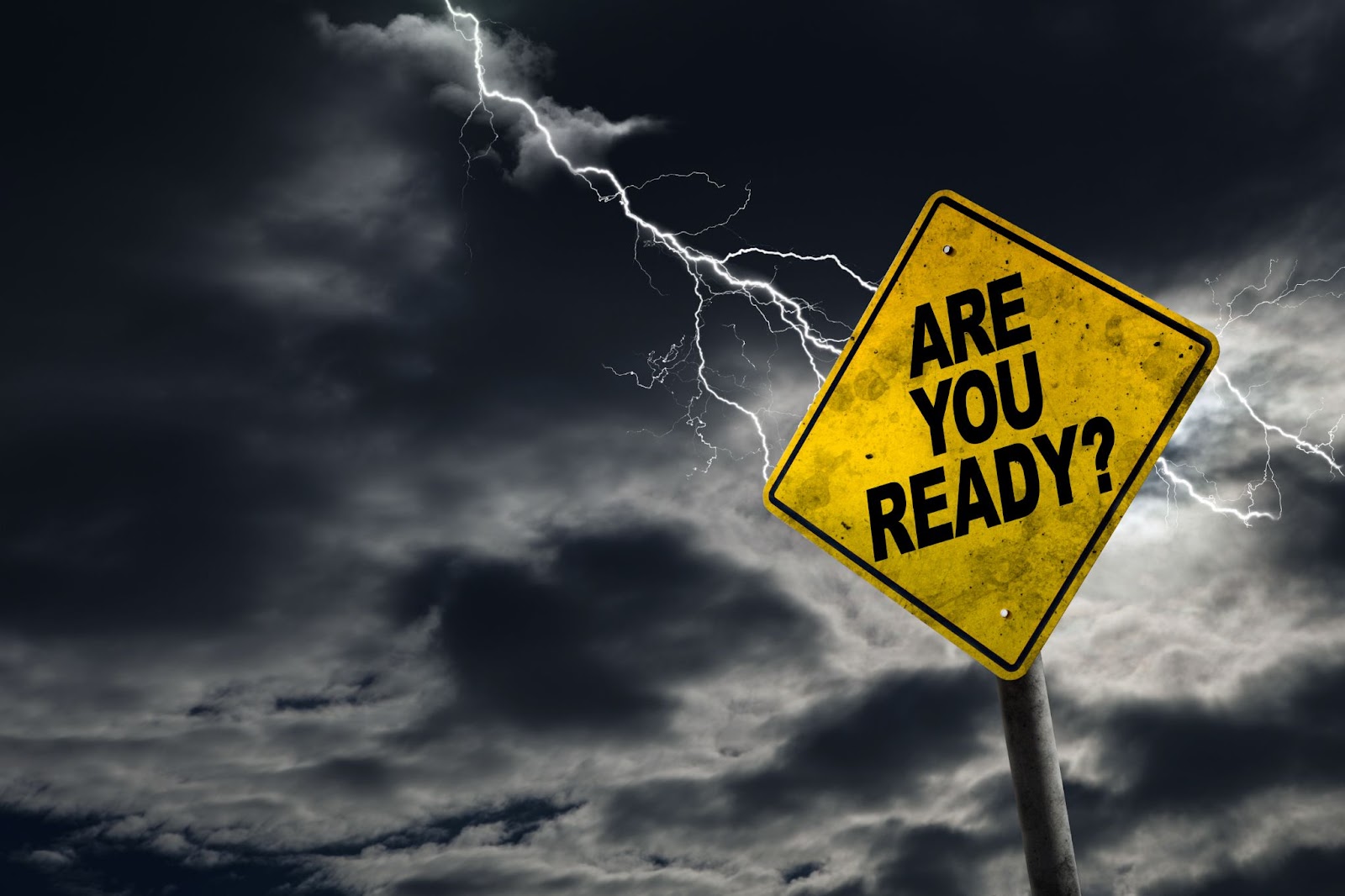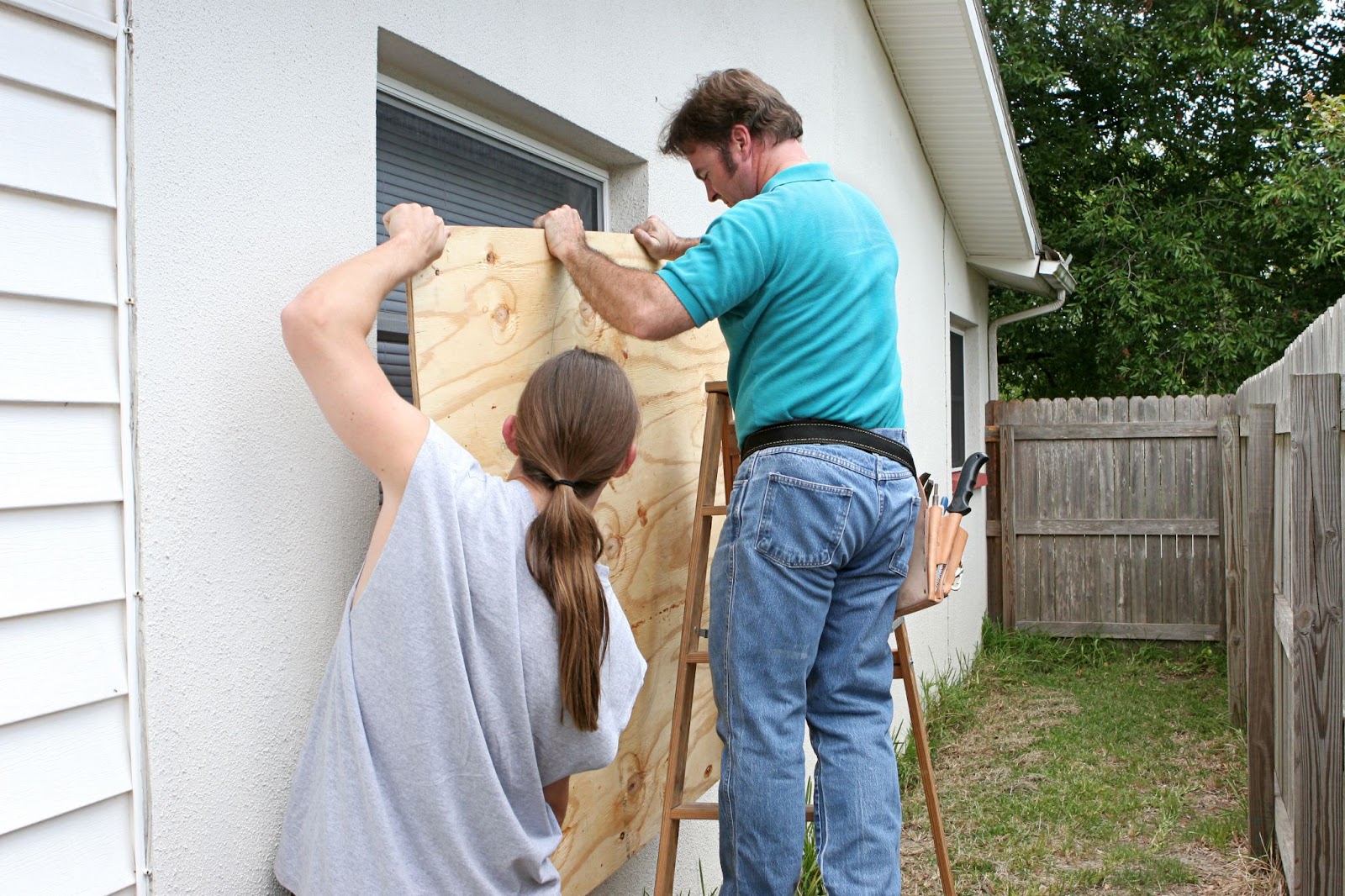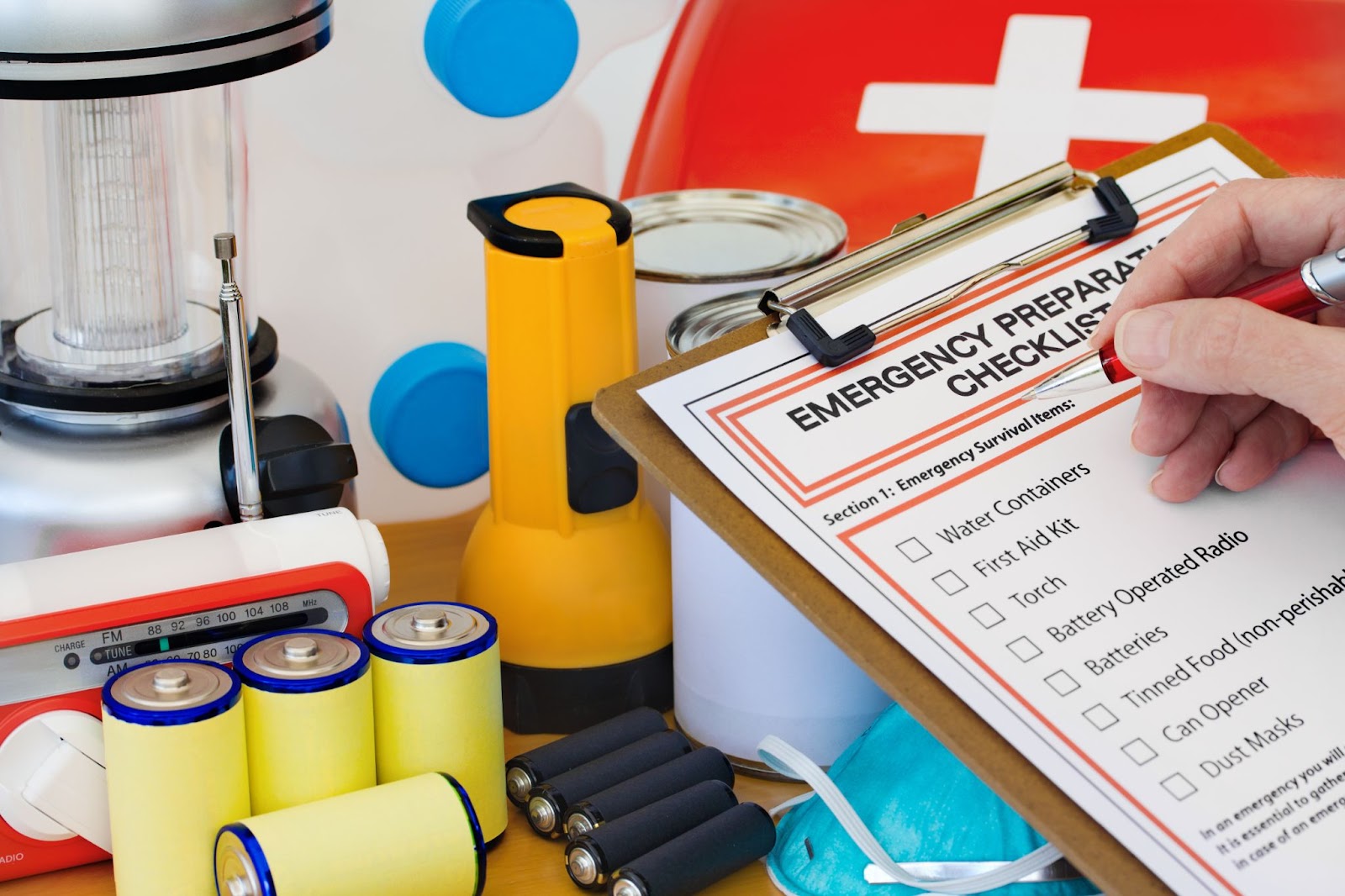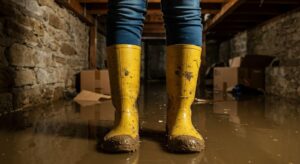In a world where weather patterns seem increasingly erratic, and the specter of storms looms large, preparedness emerges as our strongest shield against impending disasters. As we navigate through seasons fraught with uncertainty, equipping ourselves with the knowledge and resources to weather any storm becomes paramount.
Whether fortifying our homes against gale-force winds or stockpiling essential supplies to weather the storm, every proactive measure we take enhances our resilience in the face of adversity.
By embracing preparedness as a way of life, we safeguard ourselves and our loved ones and forge a path toward greater peace of mind amidst the stormy seas of uncertainty.
Our comprehensive guide is designed to help you safeguard your property and loved ones from the wrath of nature’s fury. Join us as we explore essential strategies and proactive measures to ensure your home is fortified and ready to withstand whatever storms may come your way.
Throughout this blog, we’ll delve into essential strategies and practical tips to fortify your home and belongings, ensuring resilience and safety when stormy conditions arise. From understanding storm risks to implementing emergency plans, we’ve got you covered with actionable insights to weather any storm with confidence.
So, let’s embark on this journey together and empower ourselves to protect what matters most.
Understanding Storm Risks
In navigating storm preparedness, understanding the risks associated with different types of storms is critical. From fierce hurricanes to relentless thunderstorms, each brings its own set of hazards.
Recognizing prevalent storm hazards, including powerful winds, torrential downpours, lightning strikes, and flooding, empowers us to anticipate and proactively address potential threats.
Additionally, evaluating our vulnerability based on geographical location is paramount. Coastal regions may encounter heightened risks of storm surges, while inland areas might grapple with flash floods or tornadoes. If we comprehensively understand our geographic susceptibility, we are able to tailor our preparedness strategies to effectively mitigate storm risks and enhance our resilience in the face of storms.
Staying informed about weather forecasts plays a pivotal role in storm readiness. Regularly monitoring weather updates and alerts empowers us to stay ahead of approaching storms, allowing for timely preparations and protective actions.
Together, these steps form the foundation for effective storm preparedness to ensure the safety and well-being of ourselves and our communities.
Securing Your Property
In safeguarding your property against the fury of storms, taking proactive measures to secure vulnerable areas is key.
Start by fortifying windows and doors; these are areas particularly susceptible to damage from strong winds and airborne debris during storms. Enhance their resilience by installing storm shutters or opting for impact-resistant glass, bolstering your property’s defenses against potential hazards.
Additionally, be sure that door hinges and locks are sturdy and secure; this will further fortify your home against inclement weather.
After reinforcing windows and doors, the next step is safeguarding your property against potential flooding by keeping gutters and drains clear of debris. Regular maintenance is key here; make it a habit to clean gutters routinely, removing any leaves, branches, or other obstructions that could impede proper water flow during heavy rainfall.
Consider installing gutter guards to help prevent debris buildup and ensure efficient drainage even during severe weather conditions. Maintaining clear gutters and drains significantly reduces the risk of water damage to your home during storms.
Secure outdoor furniture and objects that could become projectiles in strong winds. Anchor down patio furniture, umbrellas, and loose items to prevent them from causing damage or injury during a storm. Taking these precautionary measures will strengthen the resilience of your property and reduce the likelihood of damage caused by storms.
Emergency Supplies and Plans
In times of storm emergencies, having a well-prepared plan and essential supplies will make all the difference in safeguarding your family and being able to navigate the aftermath of a storm.
Begin by gathering non-perishable food items, such as canned goods and protein bars, along with an ample supply of water to sustain each family member for at least three days. Include a comprehensive first aid kit stocked with bandages, antiseptic wipes, medications, and any necessary medical supplies tailored to your family’s health needs.
Don’t forget to pack flashlights with extra batteries, a portable radio for updates, and a multi-tool for versatility. Be sure to gather essential documents like identification papers, insurance policies, and contact information for emergency services and loved ones.
Customize your kit to include items like pet supplies, baby formula, or prescription medications, ensuring it meets the unique requirements of your family. Keep your emergency kit in a designated and easily accessible location to grab quickly during an evacuation.
Additionally, develop a family emergency plan detailing evacuation procedures, designated meeting points, and contact information for emergency services and family members. Practice the plan regularly with your family to ensure everyone knows what to do in the event of a storm.
Familiarize yourself with local evacuation routes and shelters, and have multiple options in mind depending on the severity and direction of the storm.
By taking these proactive steps, you can better protect yourself and your loved ones during storm emergencies and navigate them with confidence and readiness.
Insurance and Documentation
Following a storm, the significance of appropriate insurance coverage cannot be overstated. Your insurance provides crucial assistance in the process of rebuilding and recuperating.
Start by meticulously examining your current insurance policies to verify they provide sufficient coverage for possible storm-related losses, encompassing damages from wind, floods, and hail. Assess whether your coverage limits are adequate to address potential property damage and personal belongings affected by the storm’s aftermath.
Additionally, consider supplemental insurance options, such as flood insurance, to safeguard against specific risks that standard policies may not cover. Consult with your insurance provider to understand any exclusions or limitations within your policy and make informed decisions to ensure comprehensive protection for your property and assets.
It’s essential to understand the details of your policy, including deductibles, coverage limits, and exclusions. Take inventory of your property and belongings by documenting them with photographs, videos, and detailed lists.
Store this documentation in a safe, accessible location, preferably digitally, to facilitate the claims process in case of damage. Familiarize yourself with the insurance claims process, including how to file a claim, what information you’ll need to provide, and the timeline for receiving compensation.
Keep communication lines open with your insurance provider and promptly report any damages to initiate the claims process efficiently. This includes proactively reviewing your insurance coverage, documenting your property, and understanding the claims process. This way, you will be able to better navigate the aftermath of a storm and ensure a smoother recovery process for your property and belongings.
After the Storm
Once the storm subsides, the next step is to assess the extent of property damage promptly. Walk around your home and carefully inspect for any visible signs of damage, including structural issues, roof damage, and water infiltration.
After a storm, it’s crucial to thoroughly assess your surroundings and identify any potential hazards that could pose safety risks or exacerbate property damage. Look out for downed power lines, fallen trees, or unstable structures, and take immediate action to address them. Contact local authorities or utility companies to report downed power lines and refrain from approaching them, as they may still be energized and pose electrocution hazards.
Clear debris and fallen branches from walkways and driveways to create safe passage and prevent tripping hazards. If you notice any structural damage to your home, such as leaning walls or compromised foundations, evacuate the area and seek professional assistance to assess and address the damage.
After ensuring that the immediate dangers have passed, it’s time to embark on the cleanup and restoration process to restore your property to its pre-storm condition.
Start by clearing debris from your surroundings, including fallen branches, leaves, and any other debris that may have accumulated. This not only enhances safety but also prevents further damage to your property. If there are any visible signs of damage, such as broken windows, damaged roofs, or flooded areas, consider securing temporary repairs to prevent further deterioration.
For more extensive damage or specialized tasks such as water extraction and mold remediation, it’s advisable to enlist the help of professional restoration services. These experts have the equipment, expertise, and experience to handle complex restoration tasks efficiently and effectively.
They will assess the extent of the damage, develop a comprehensive restoration plan, and execute it with precision to ensure thorough cleanup and restoration. By entrusting the restoration process to professionals, you will expedite the recovery process and minimize the disruption caused by the storm.
Total Flood and Fire Restoration
In the aftermath of a storm, the path to recovery may seem daunting, but with the right assistance, it becomes more manageable. Total Flood and Fire Restoration stands as a beacon of hope in these challenging times.
We offer a comprehensive range of restoration services to guide you through the restoration process. From initial property assessments to meticulous cleanup and restoration efforts, our dedicated team of experts is committed to restoring your home to its pre-storm condition.
With Total Flood and Fire Restoration at your side, you’ll have confidence that your property is in capable hands, allowing you to focus on rebuilding and moving forward.
When it comes to storm recovery, trust Total Flood and Fire Restoration to be your reliable partner every step of the way. For 24/7 emergency service, call 385-503-2572.

